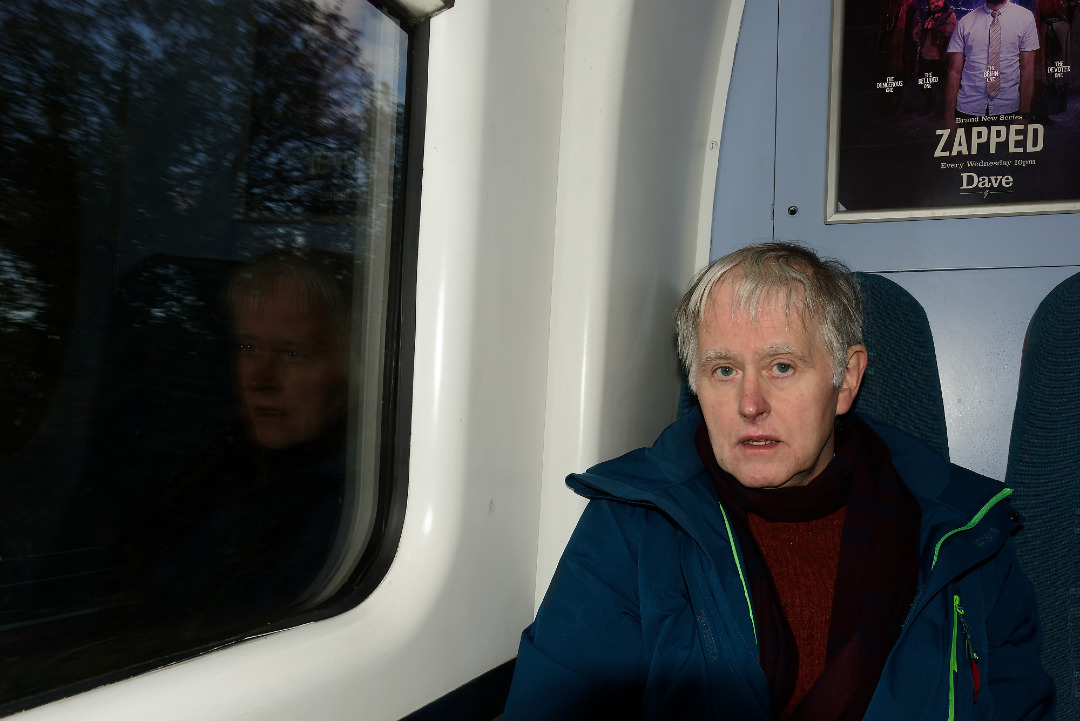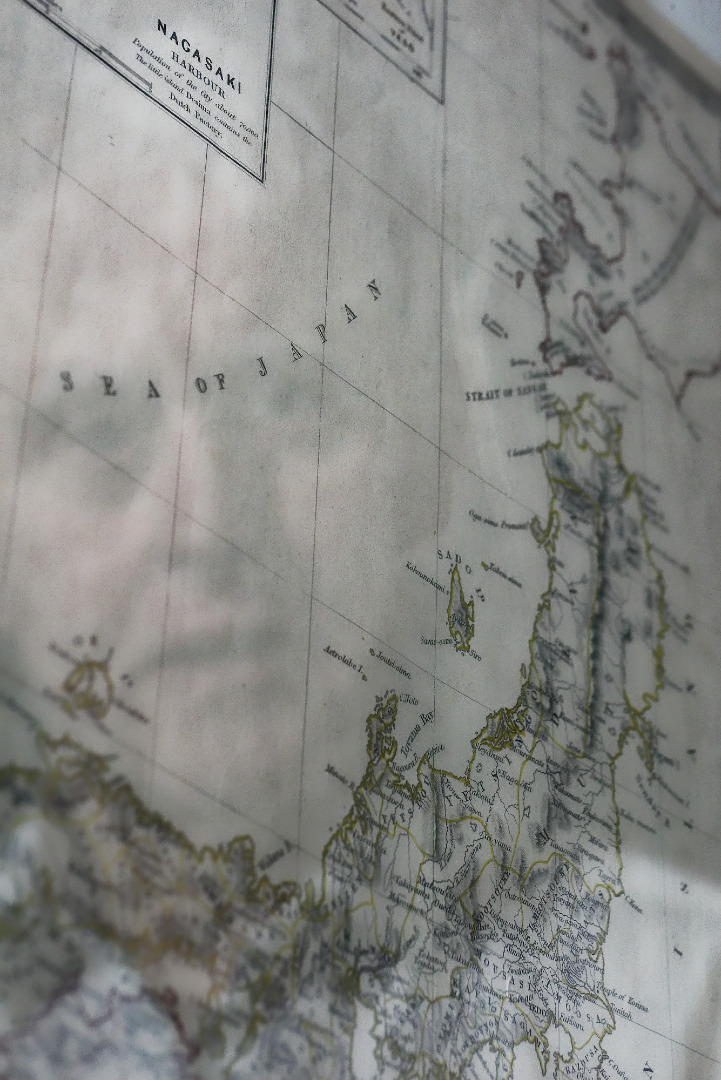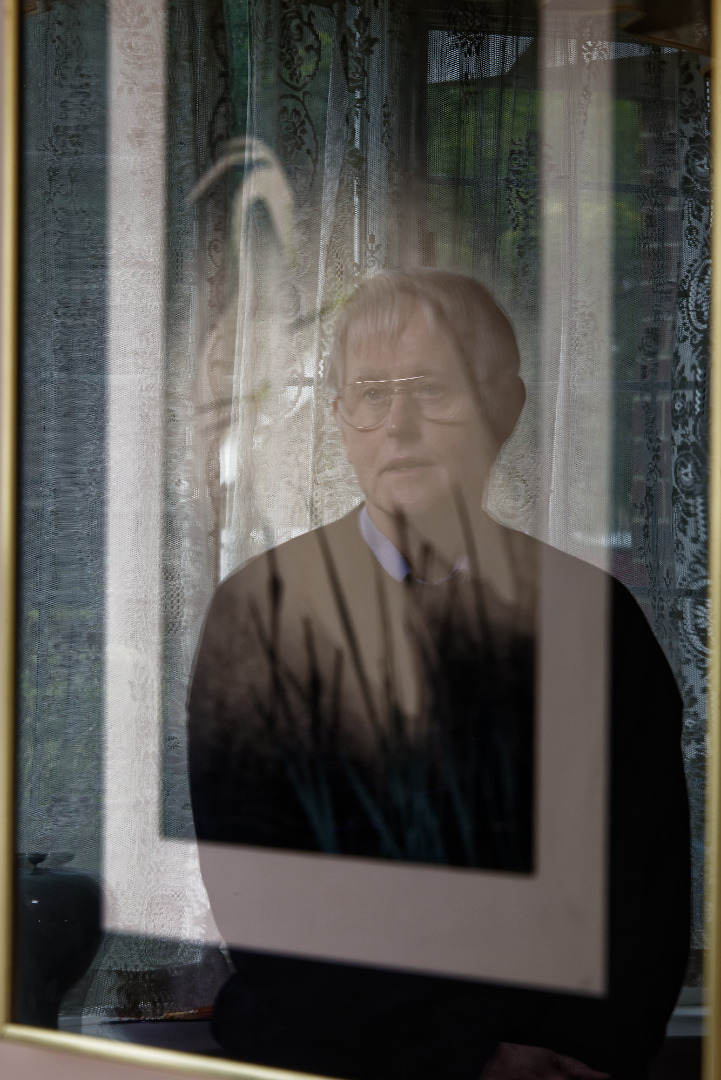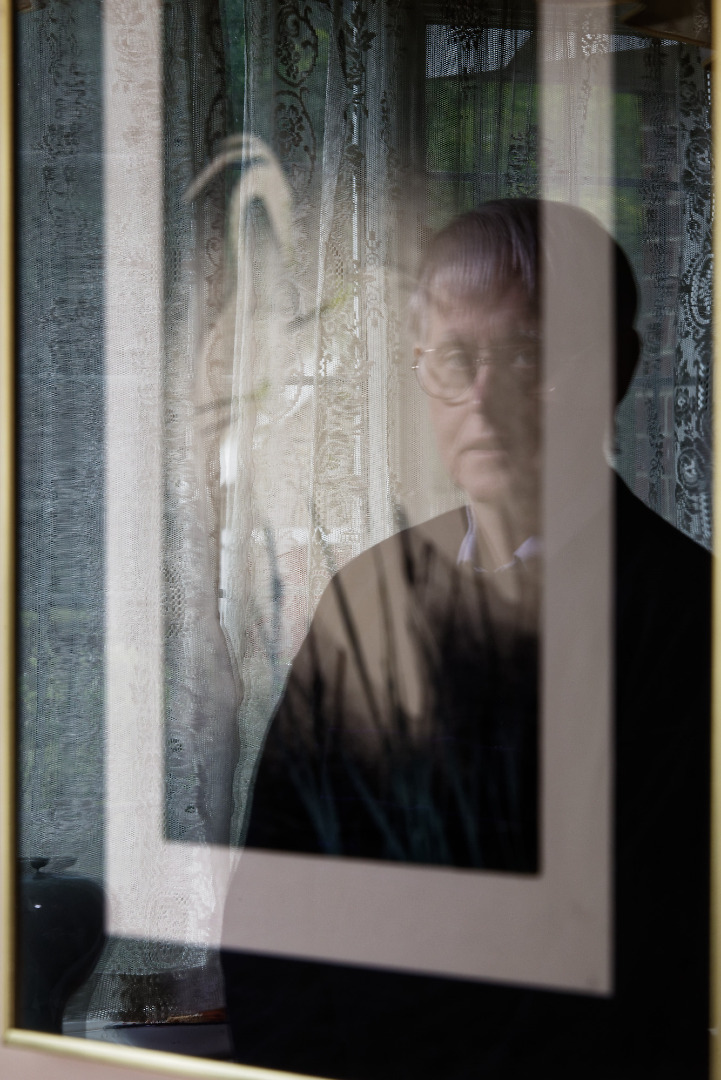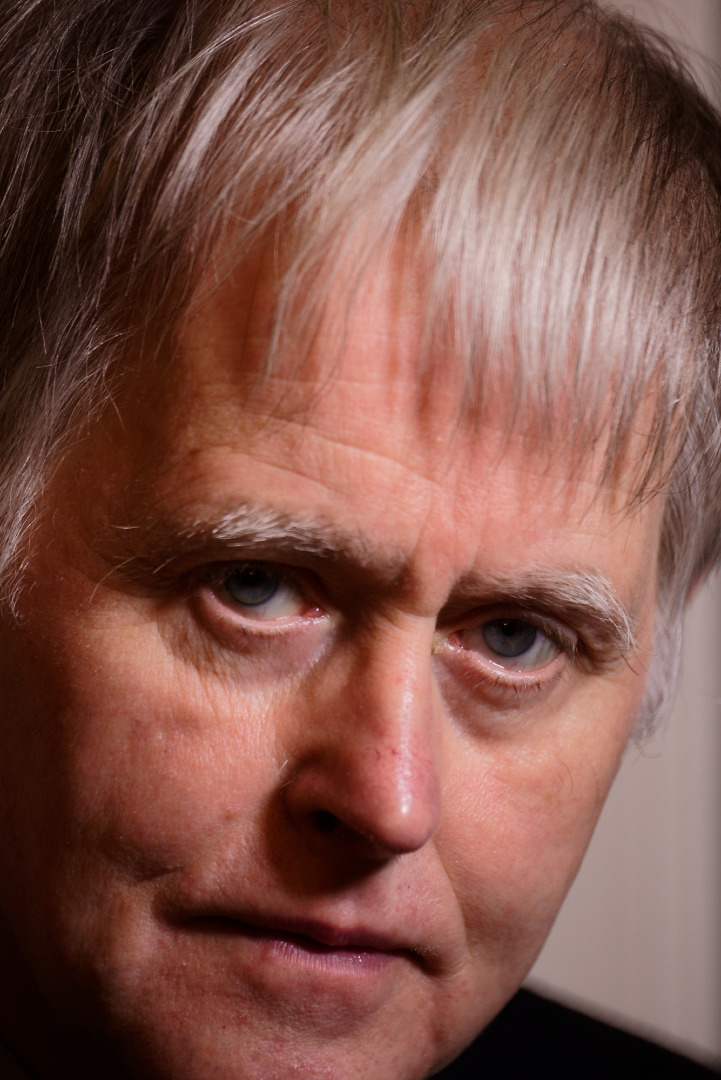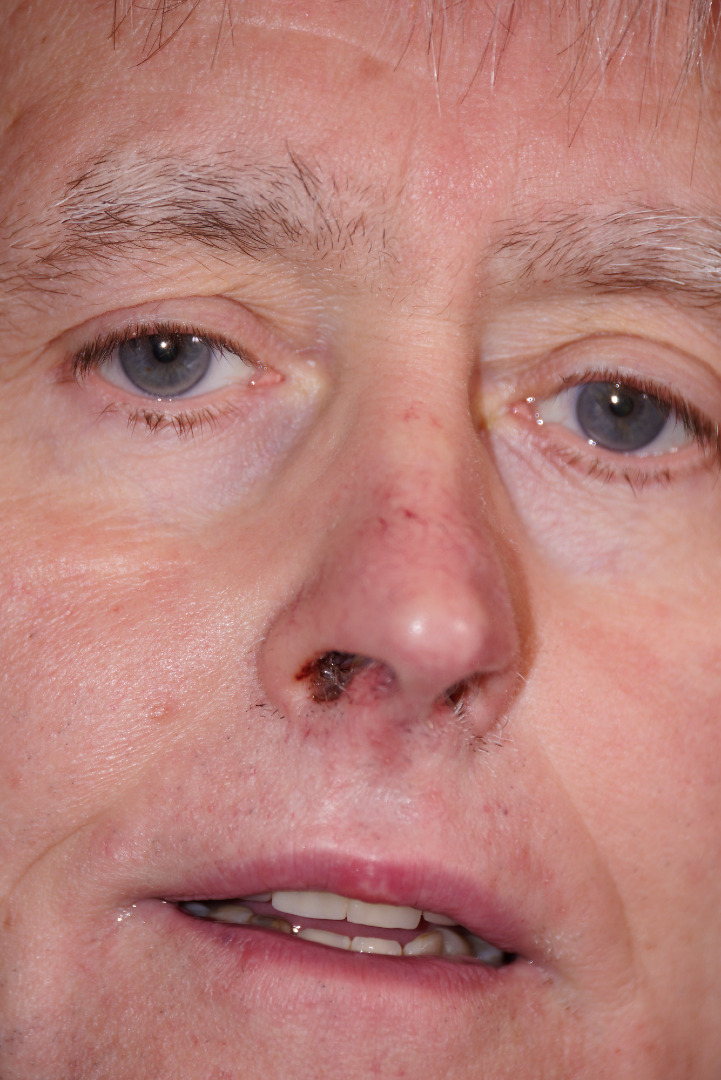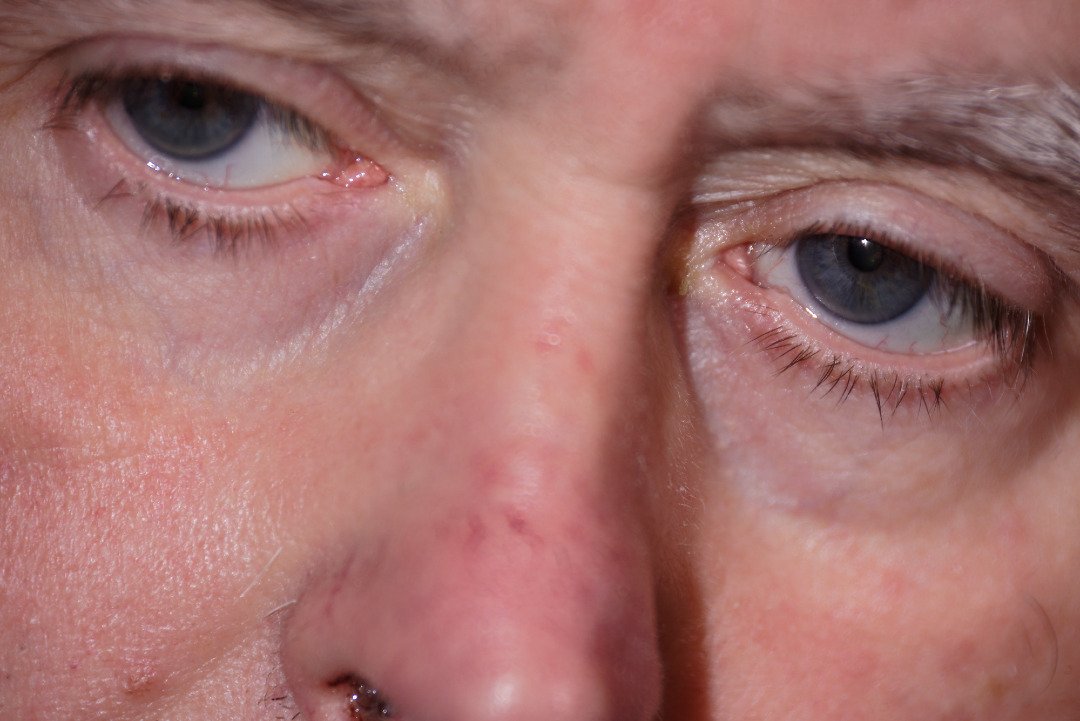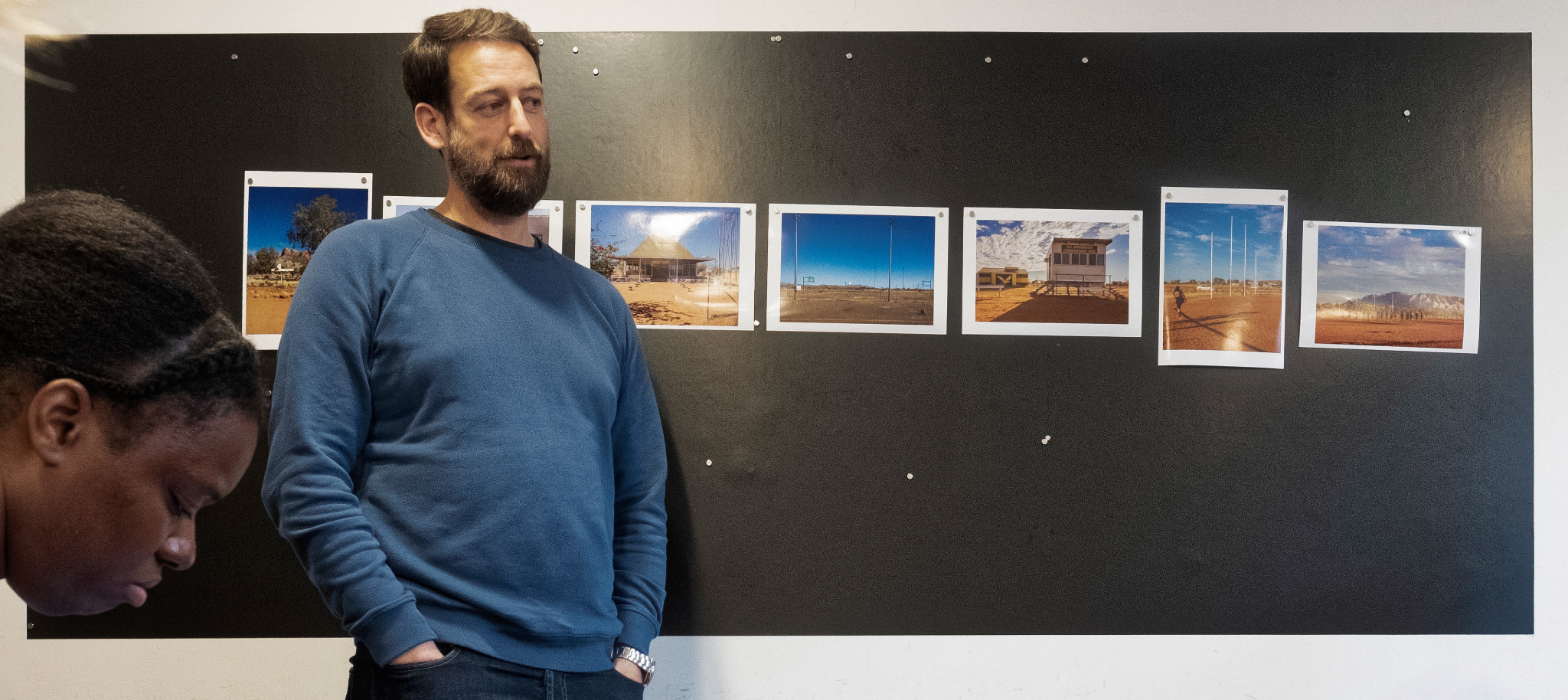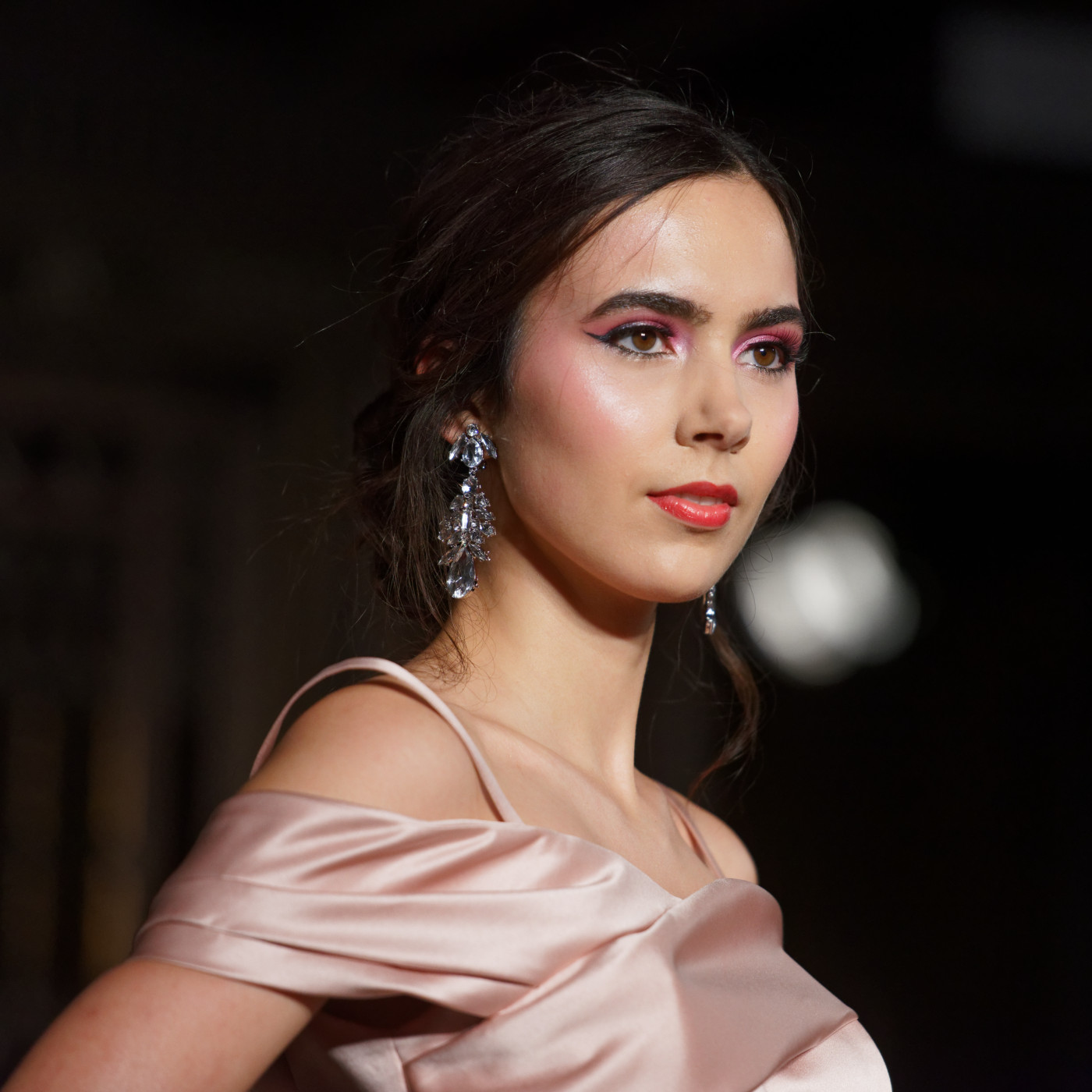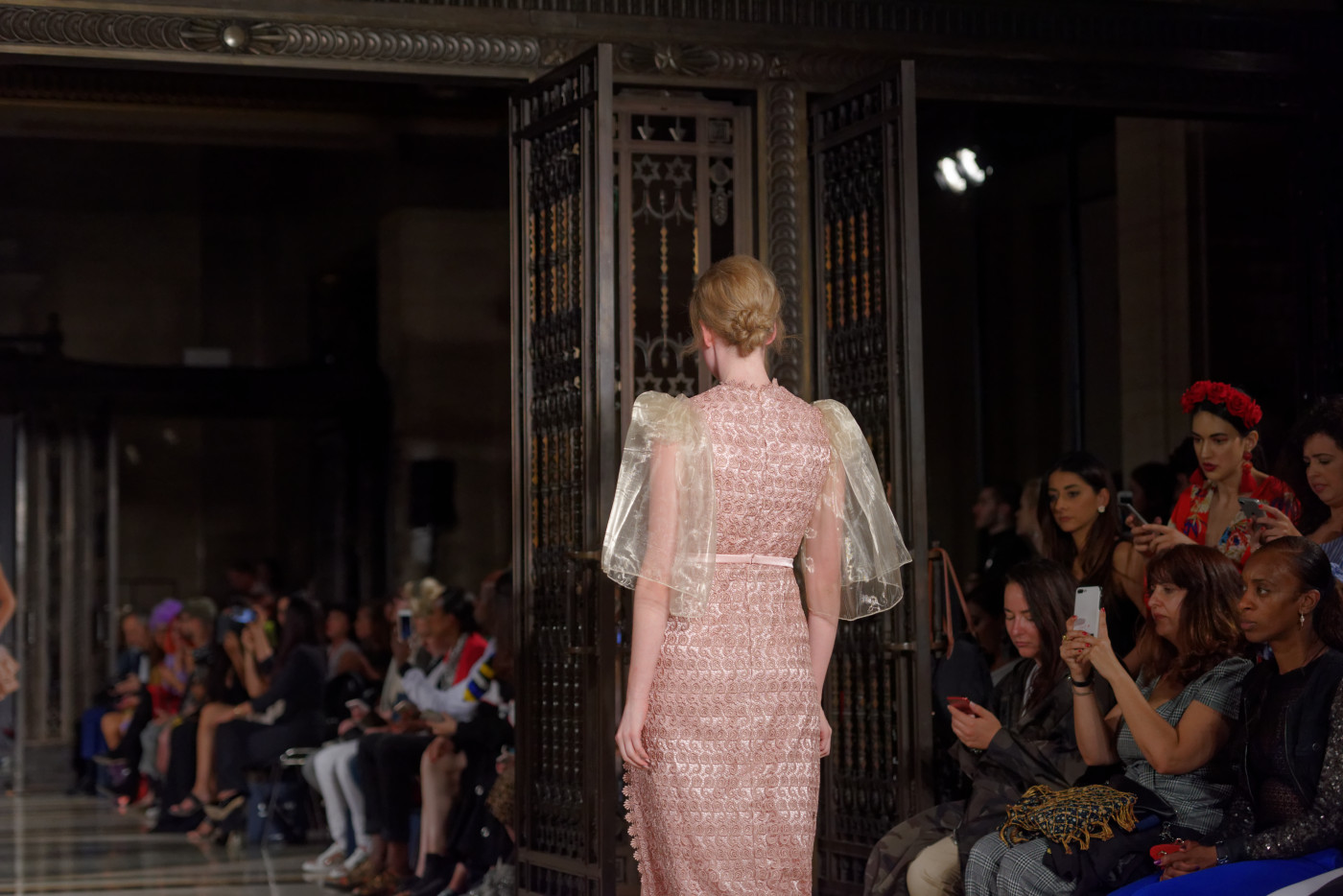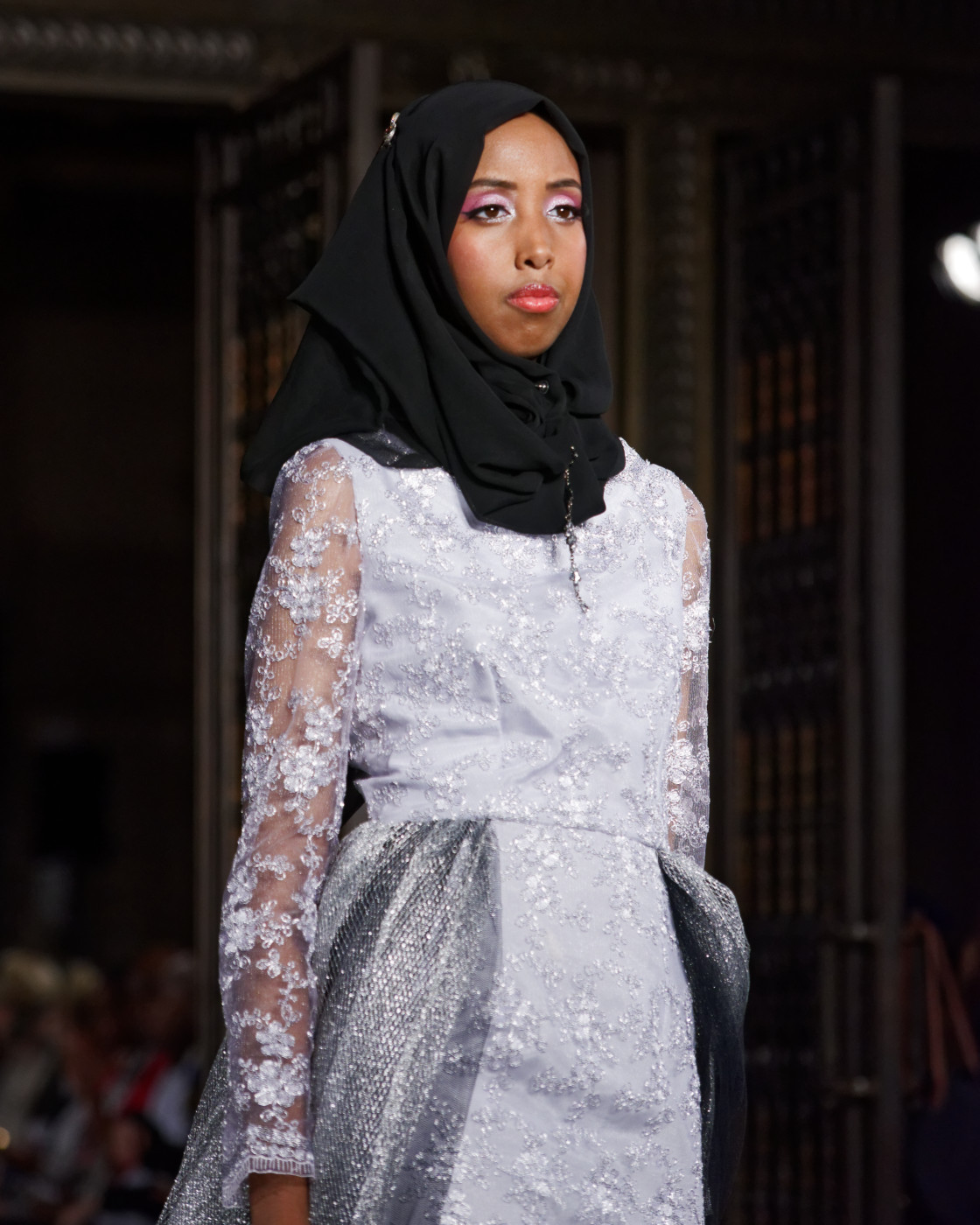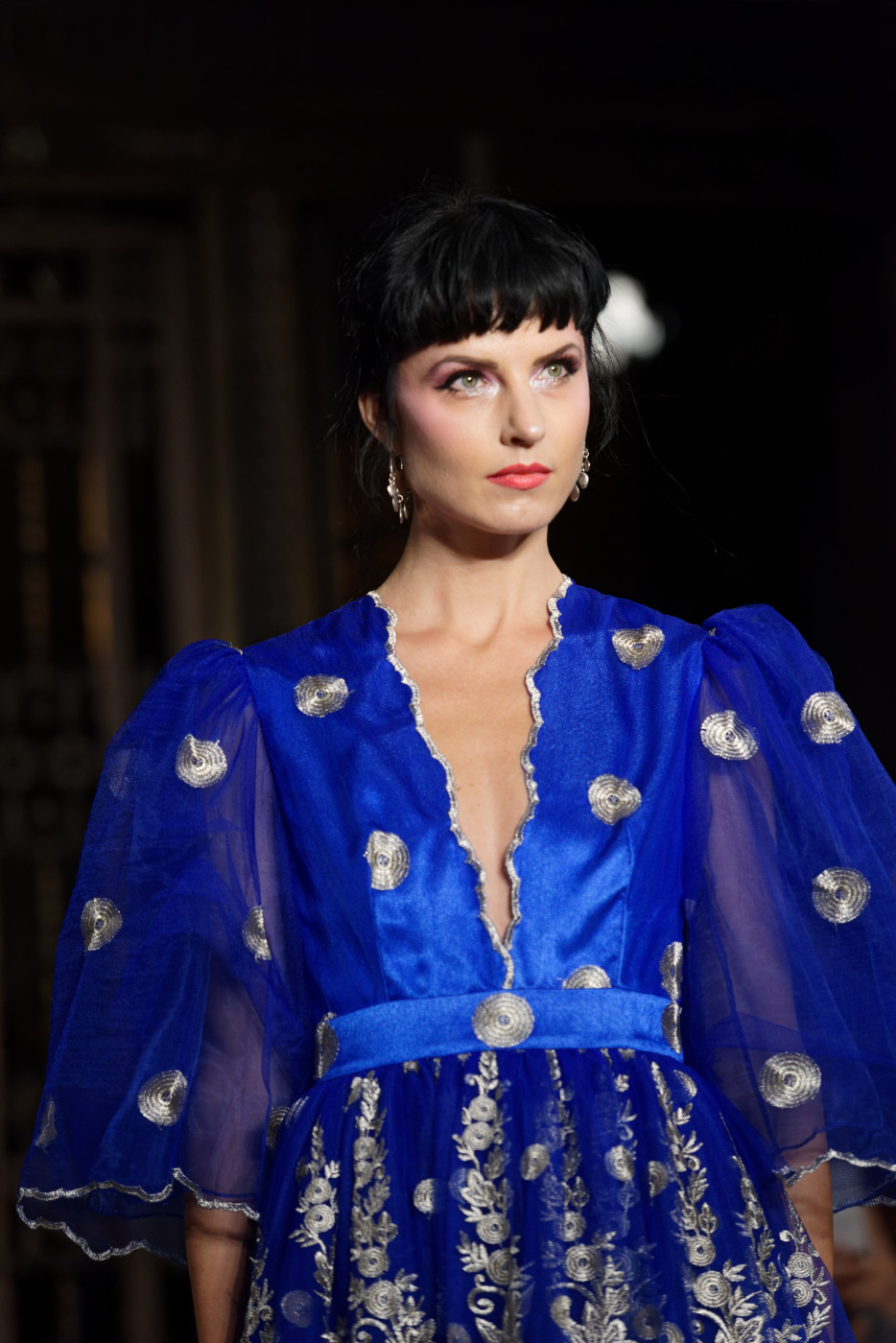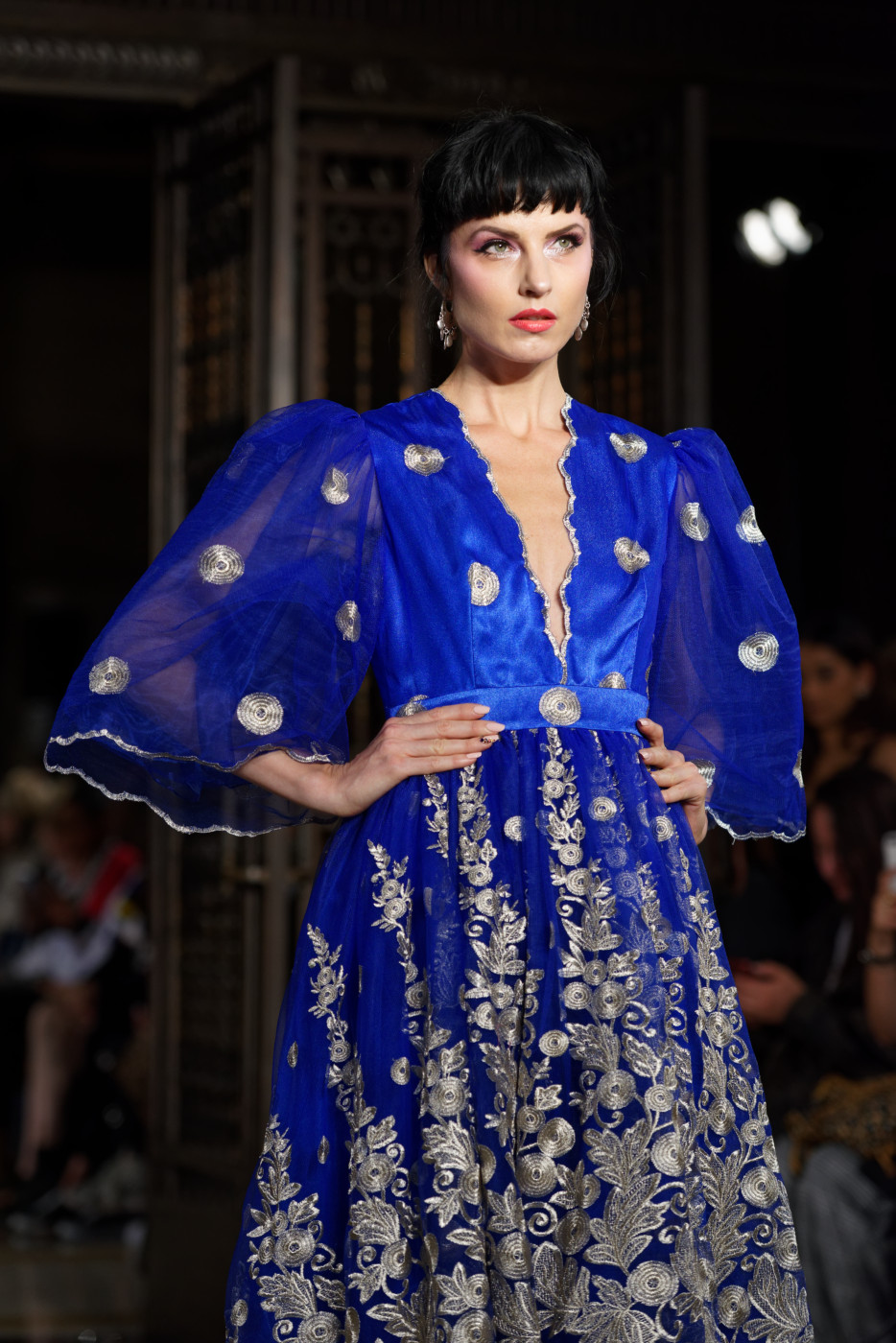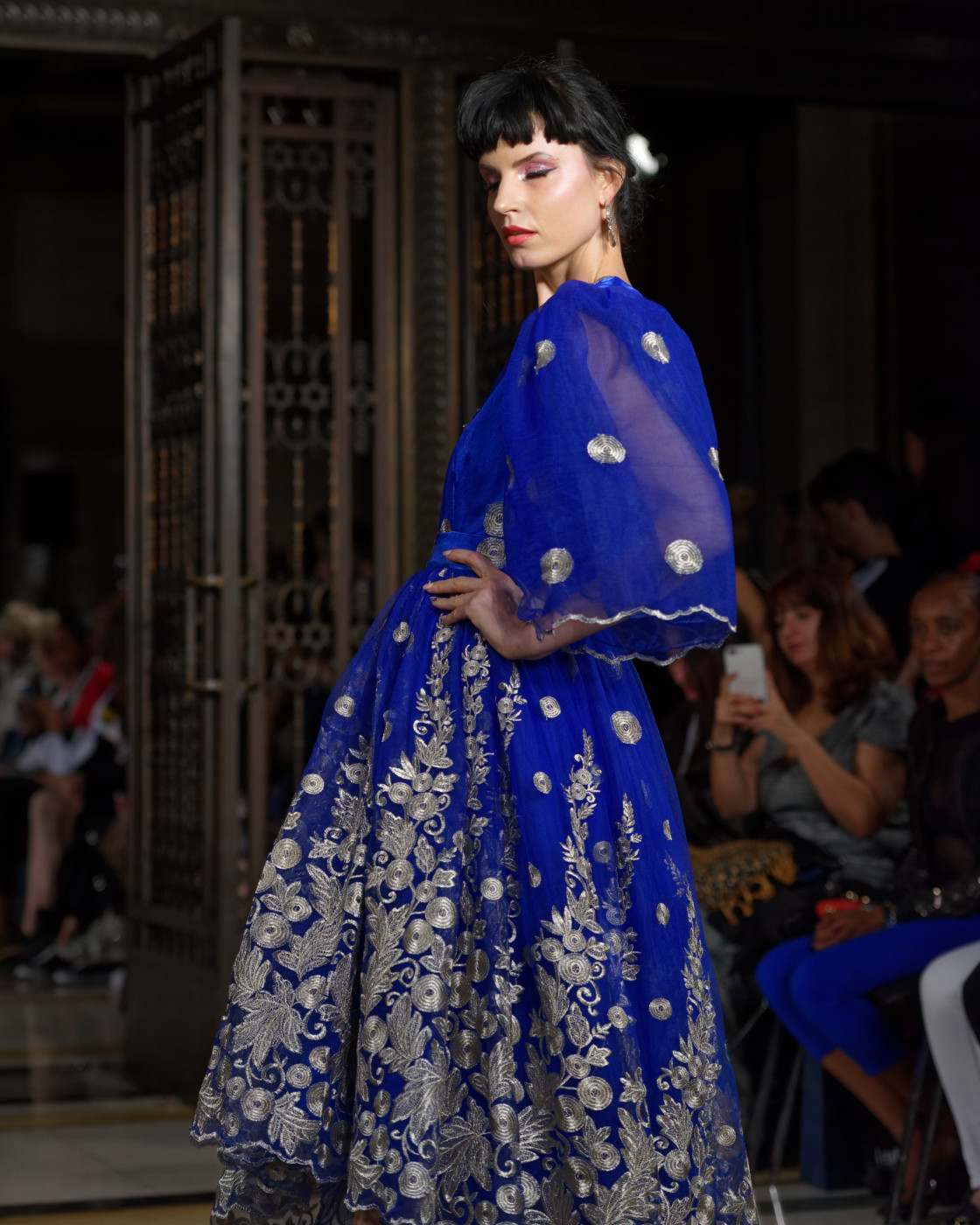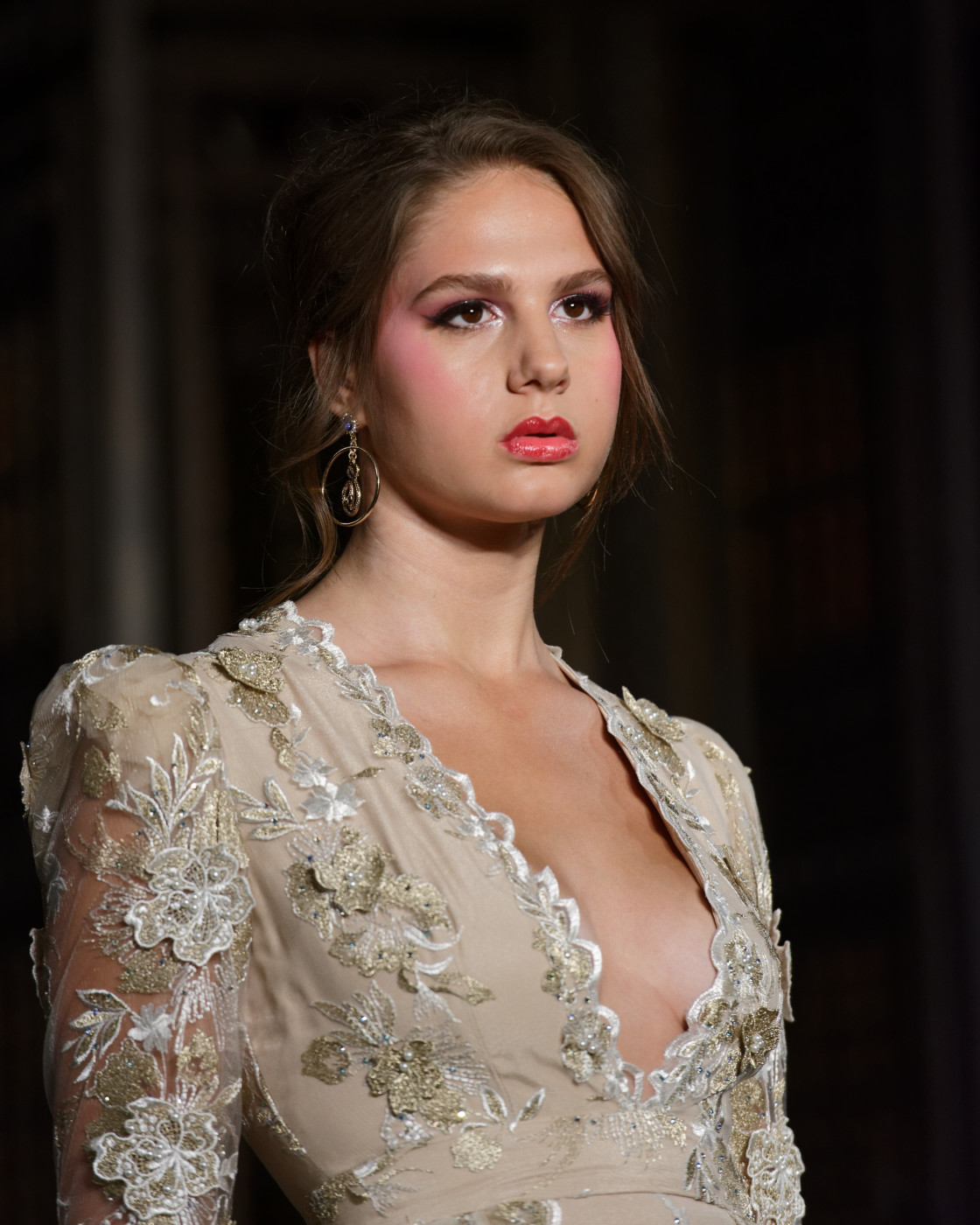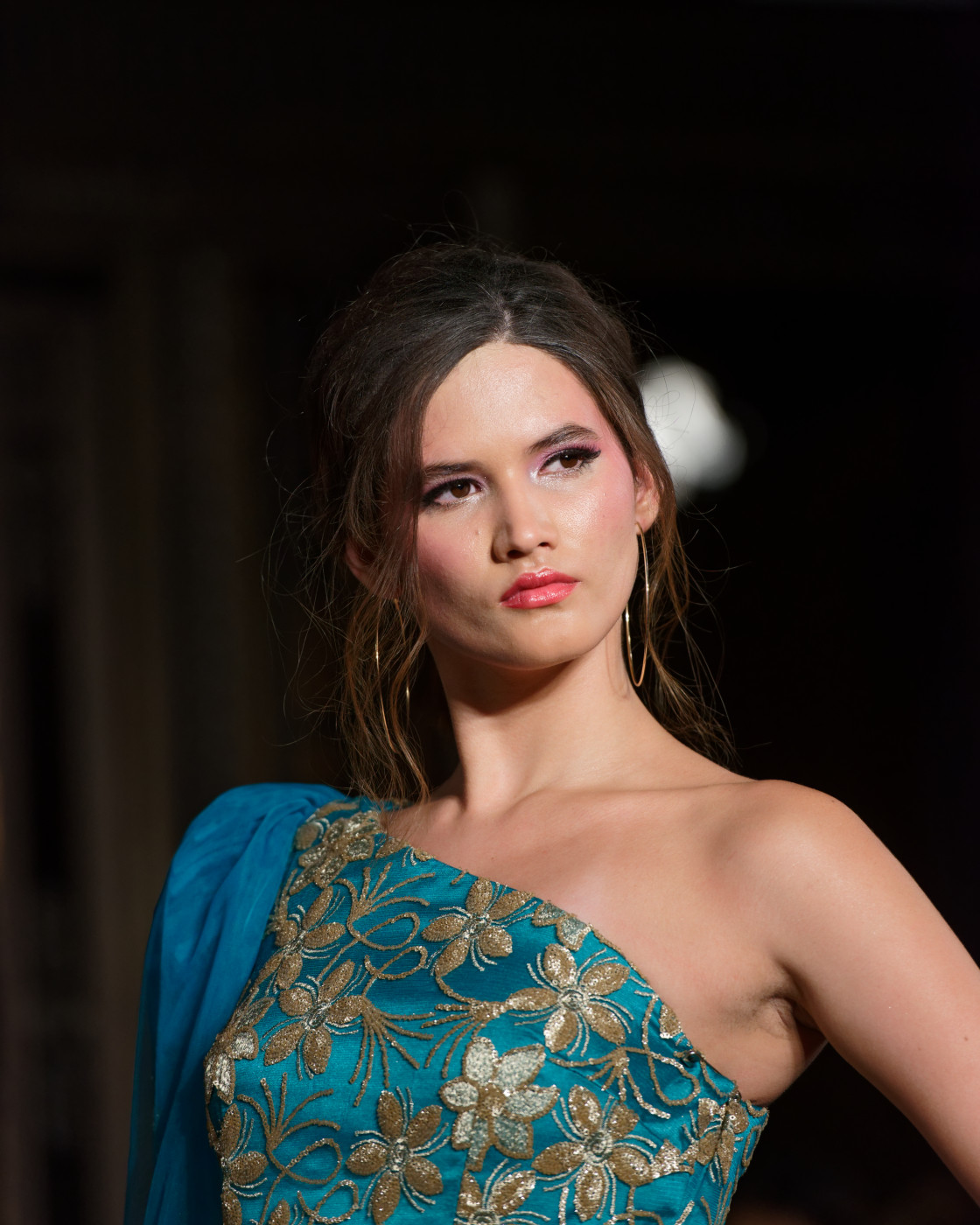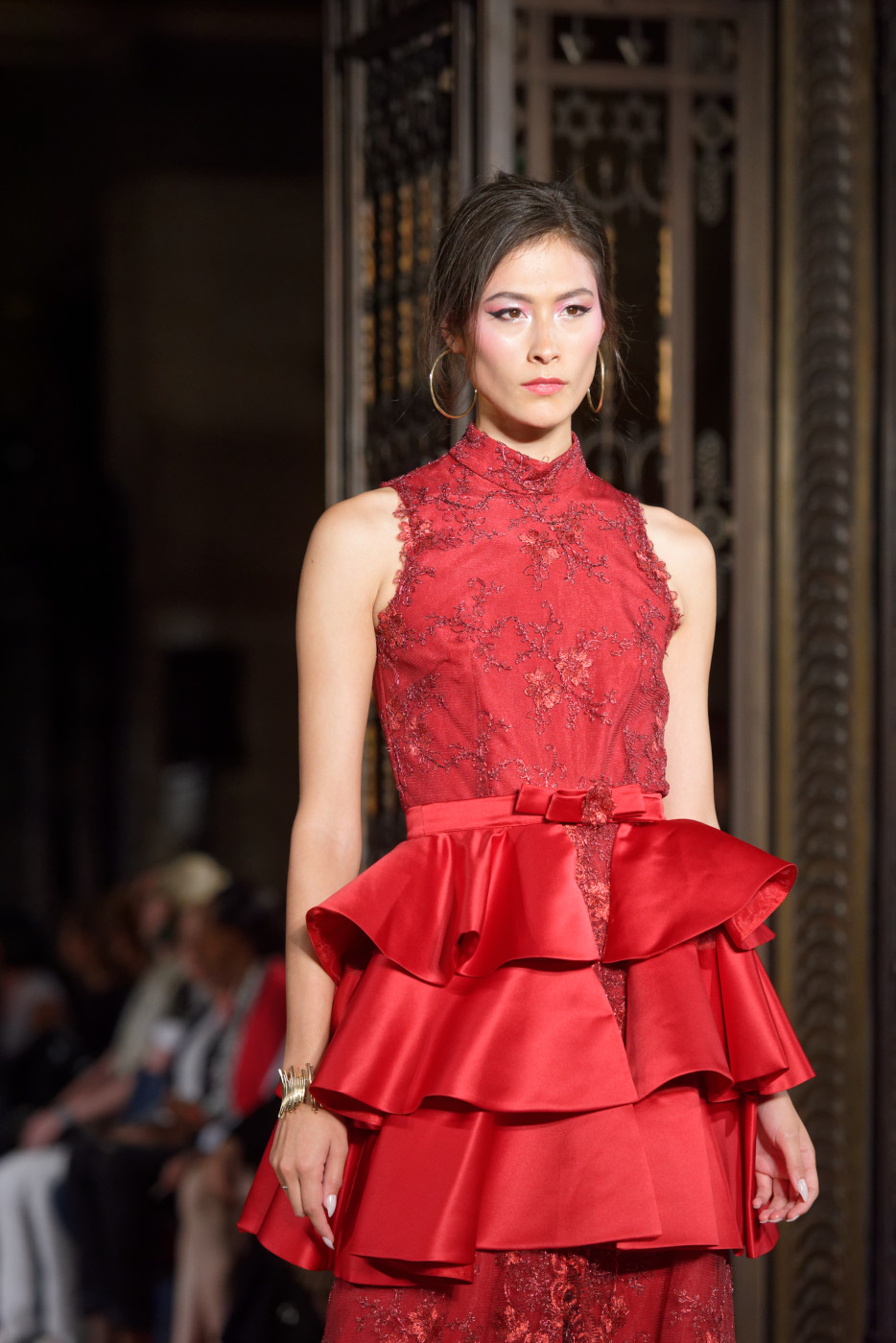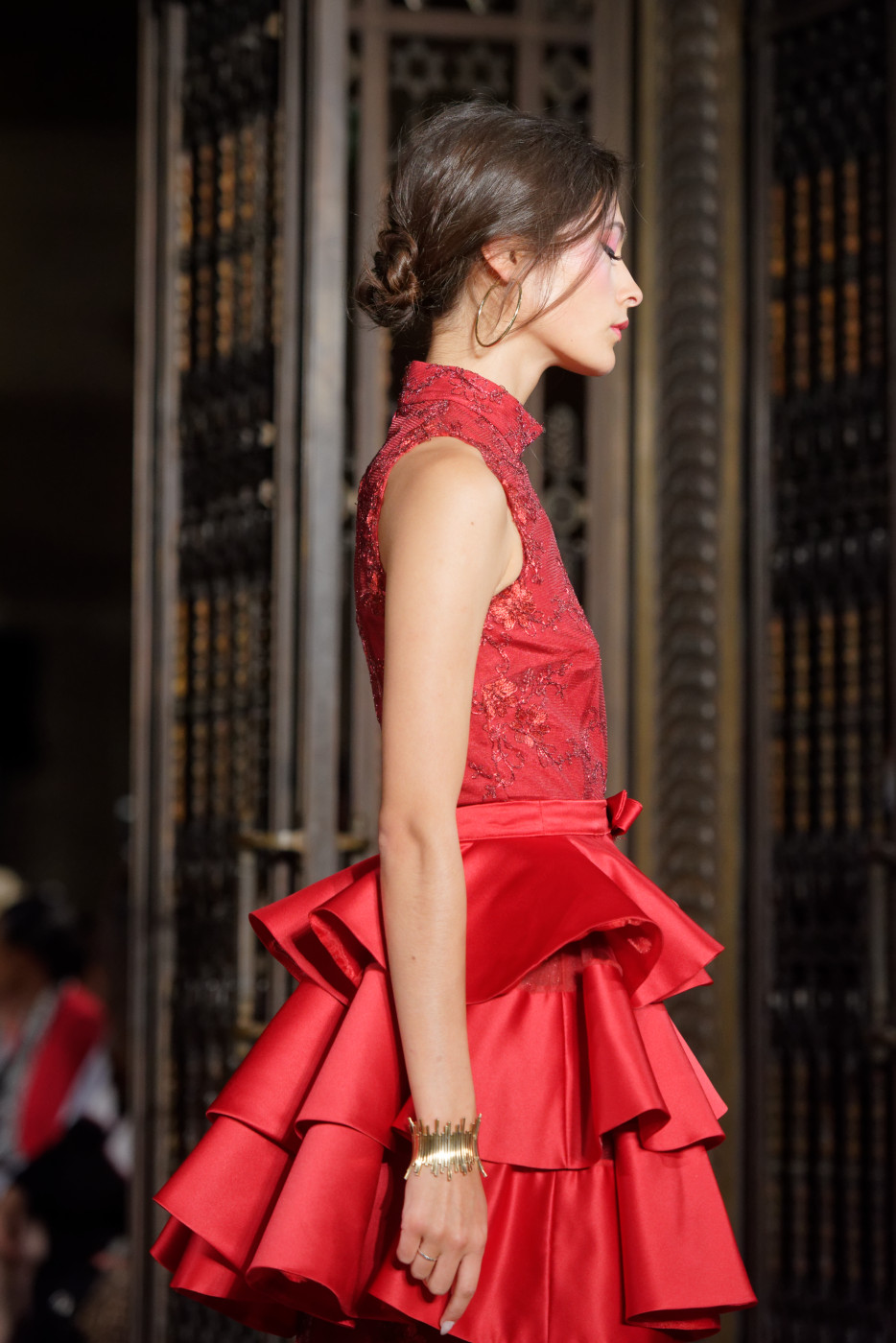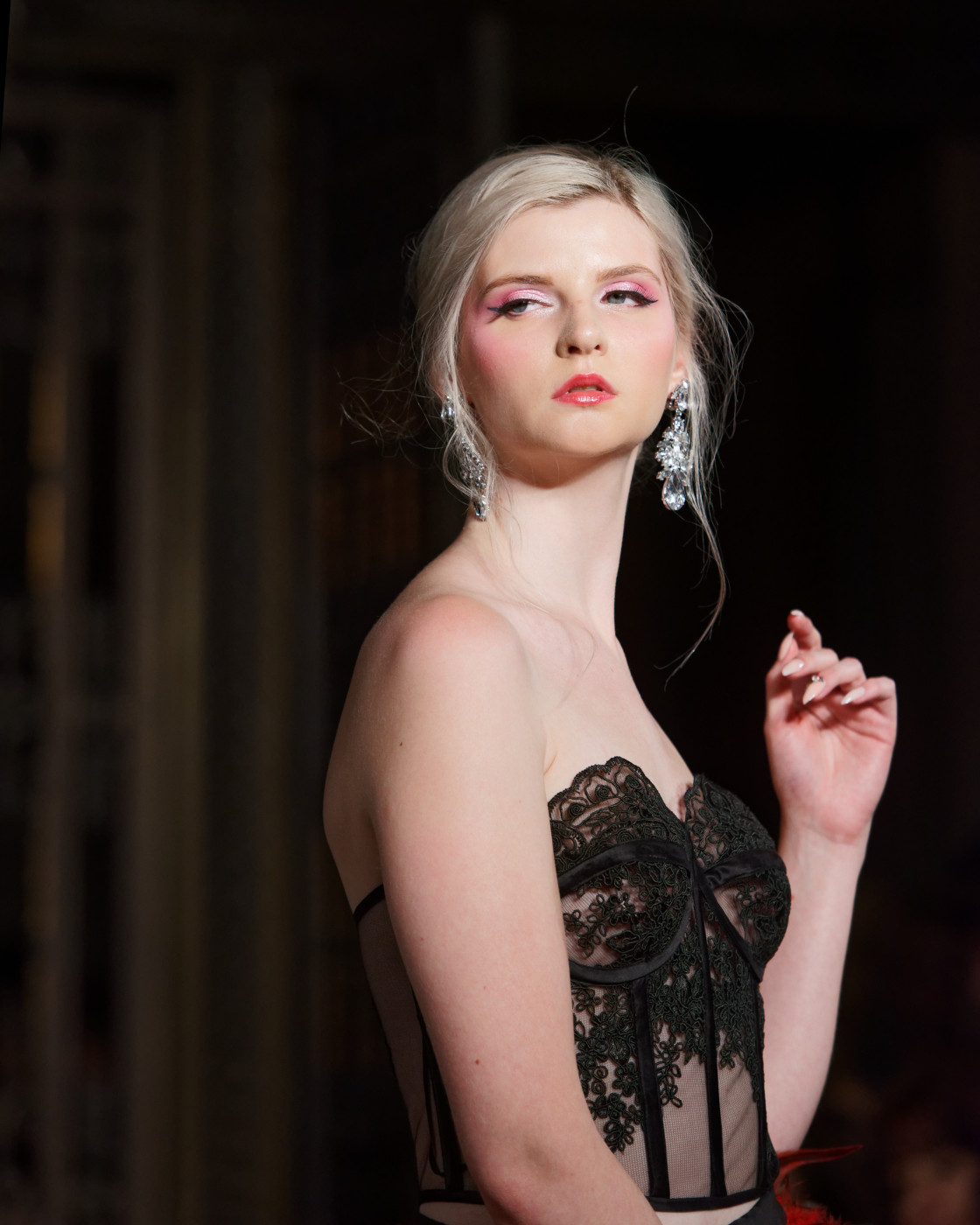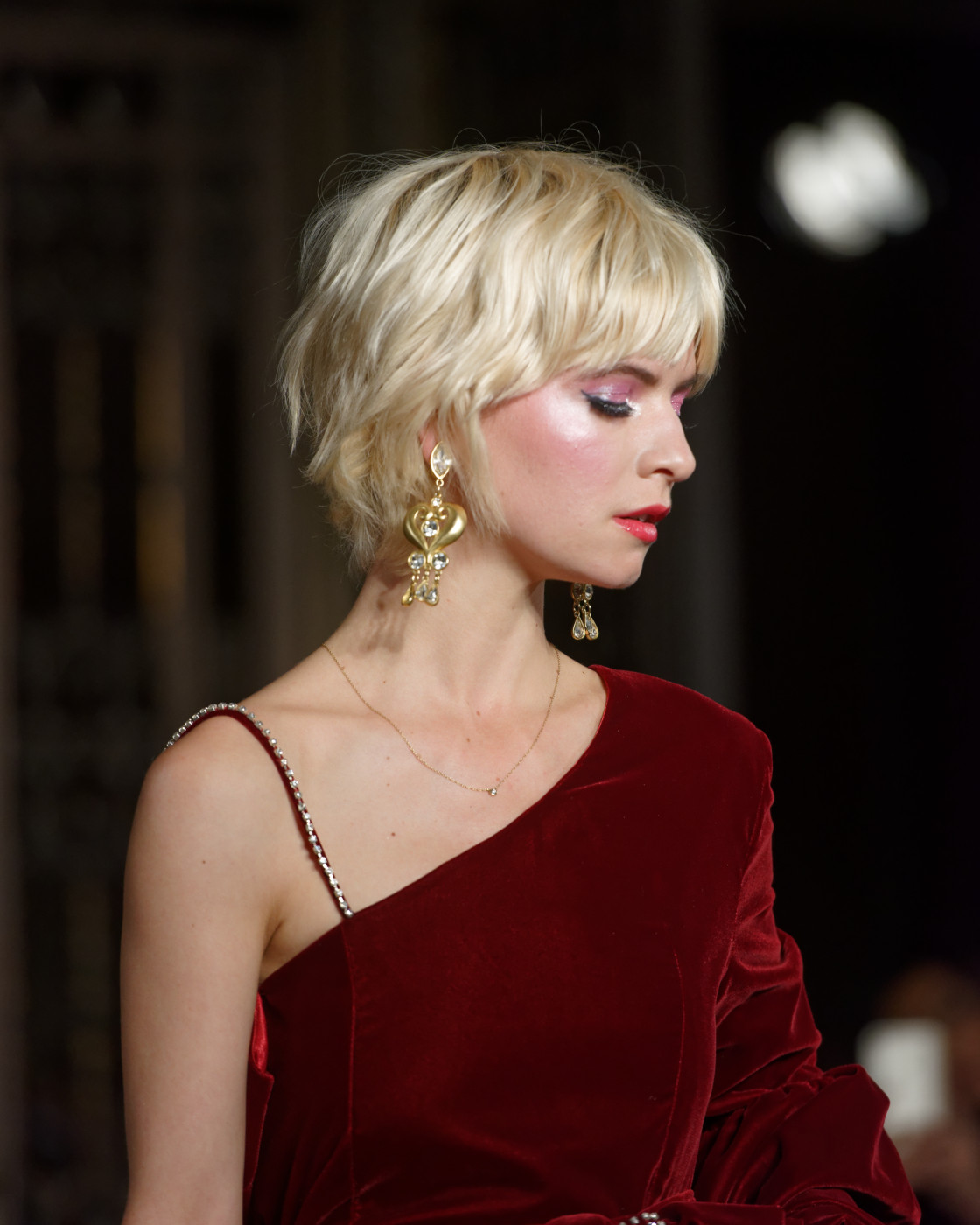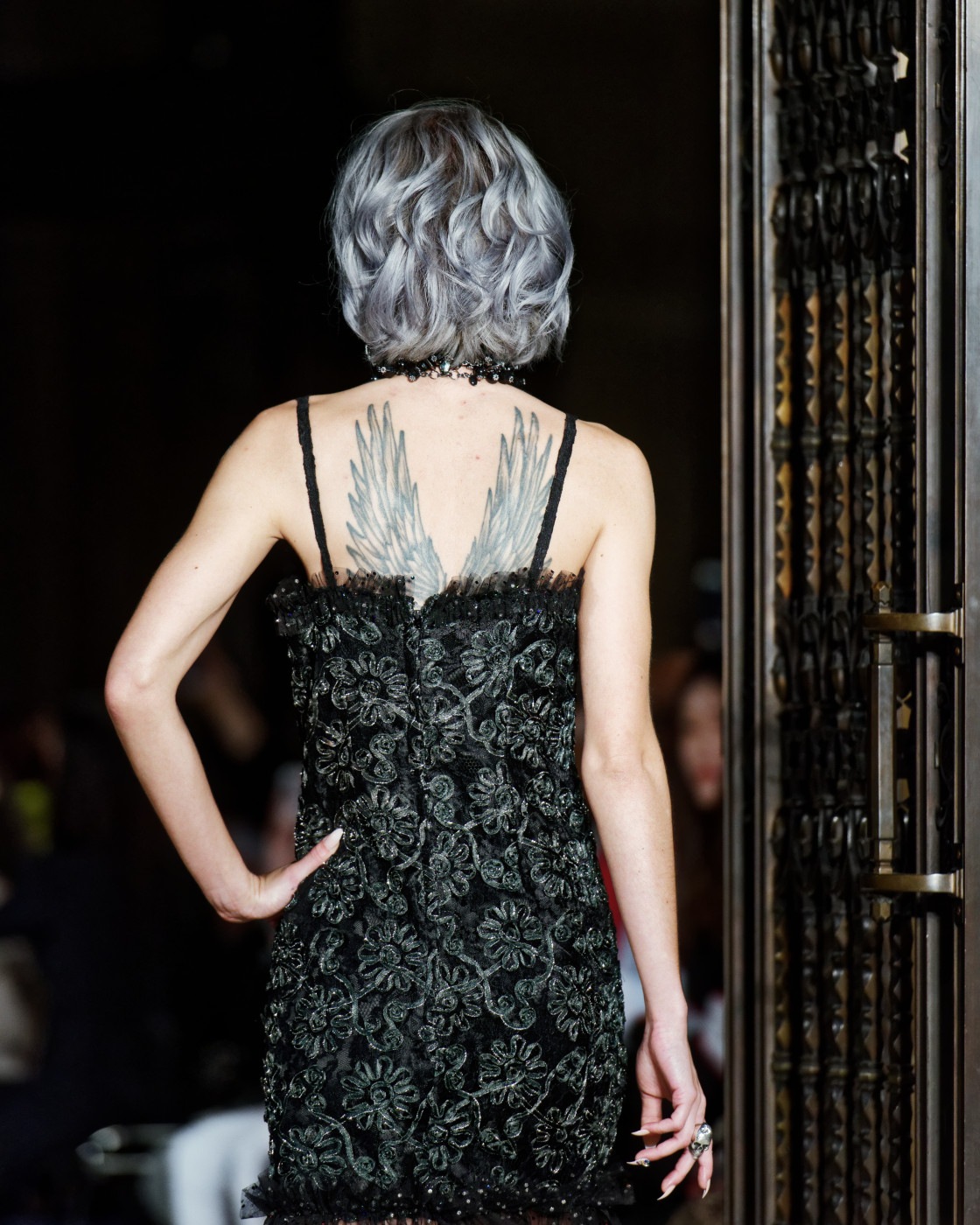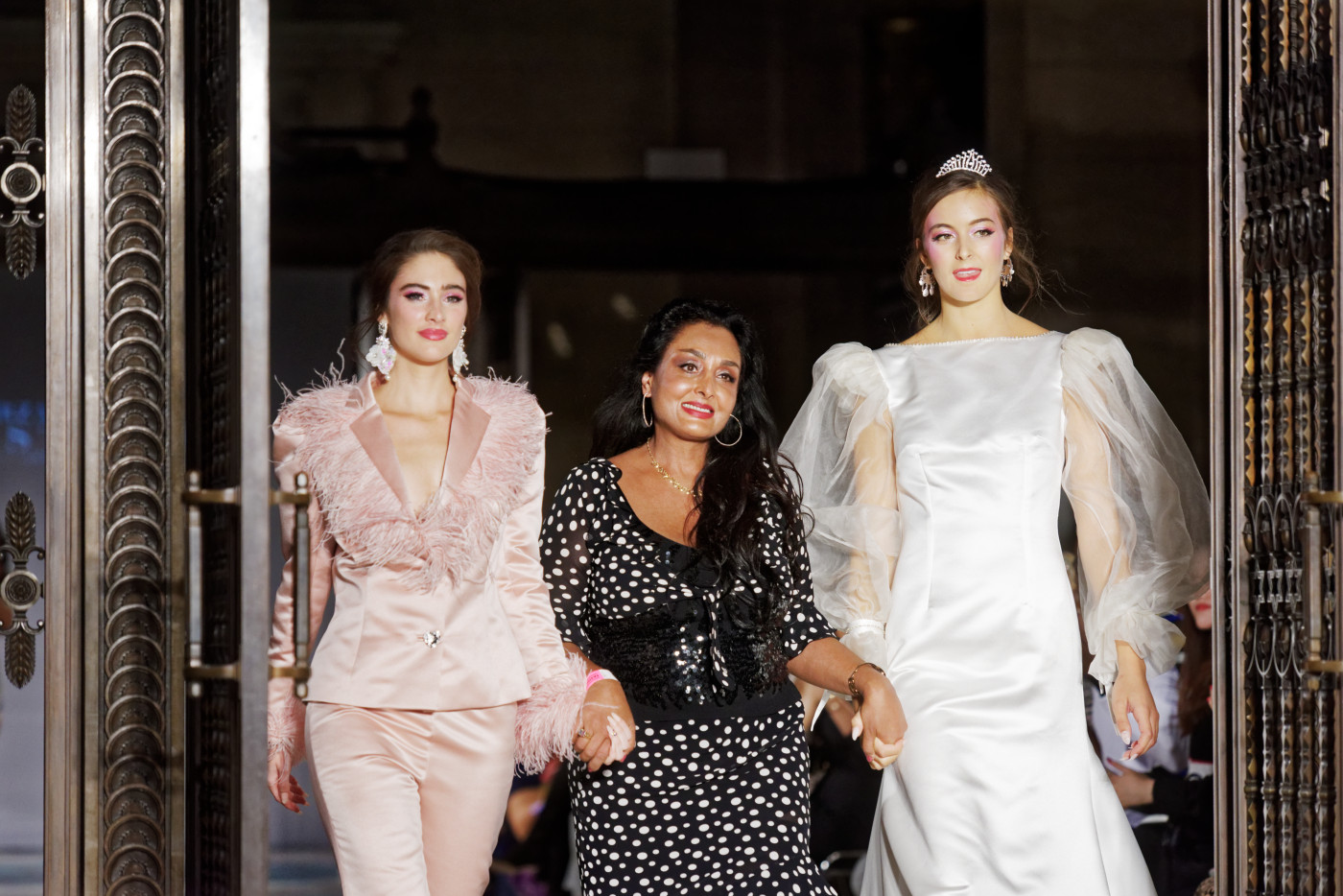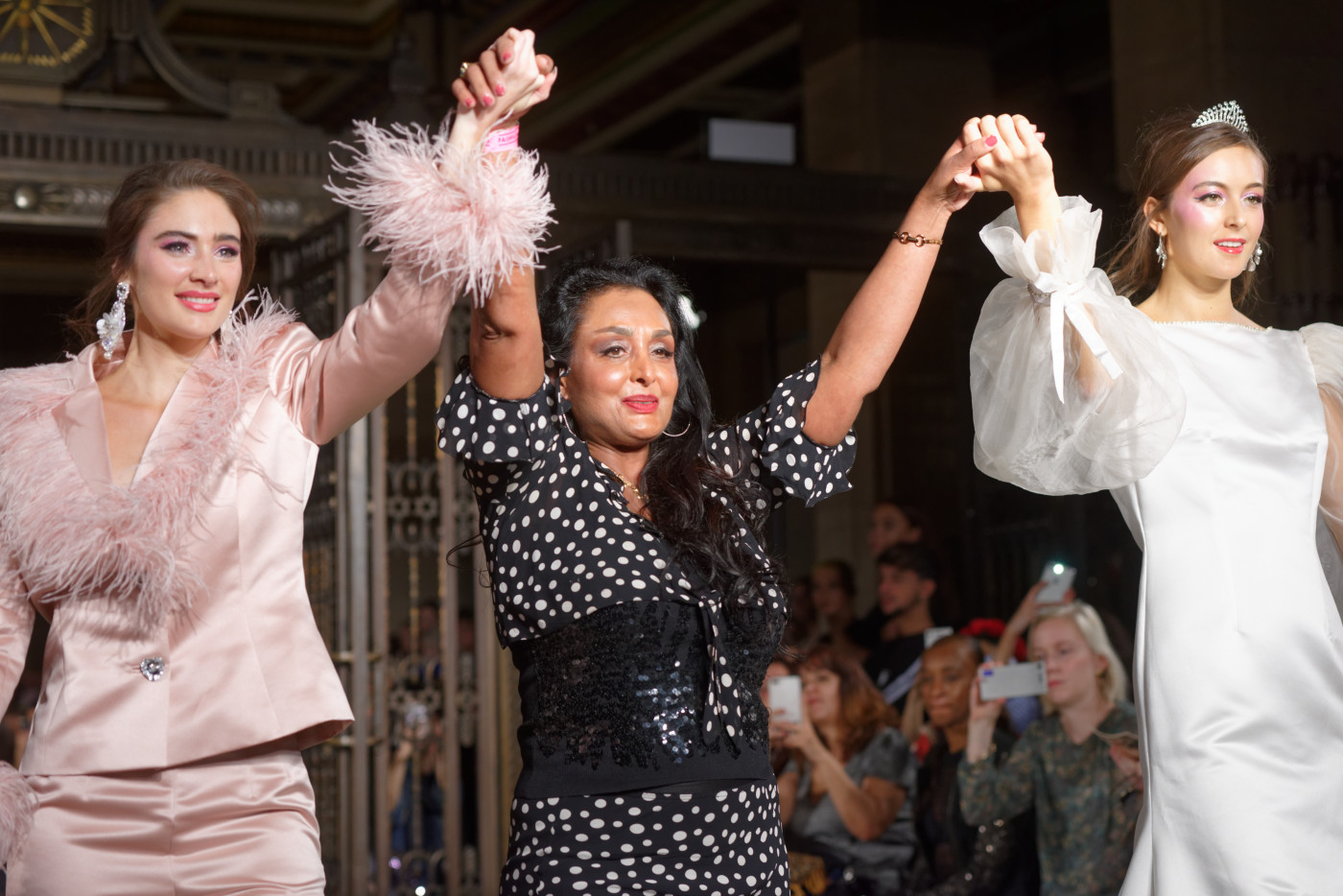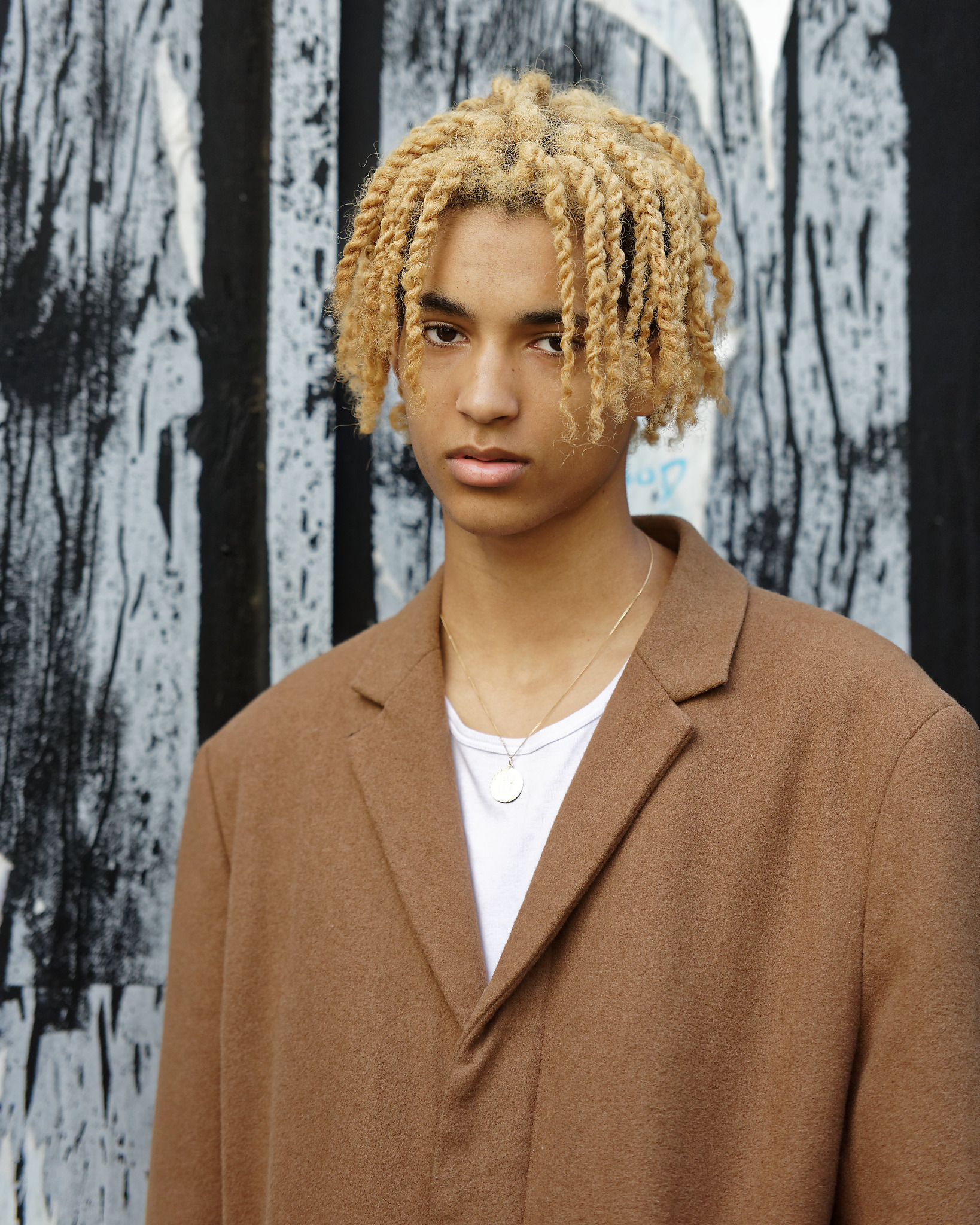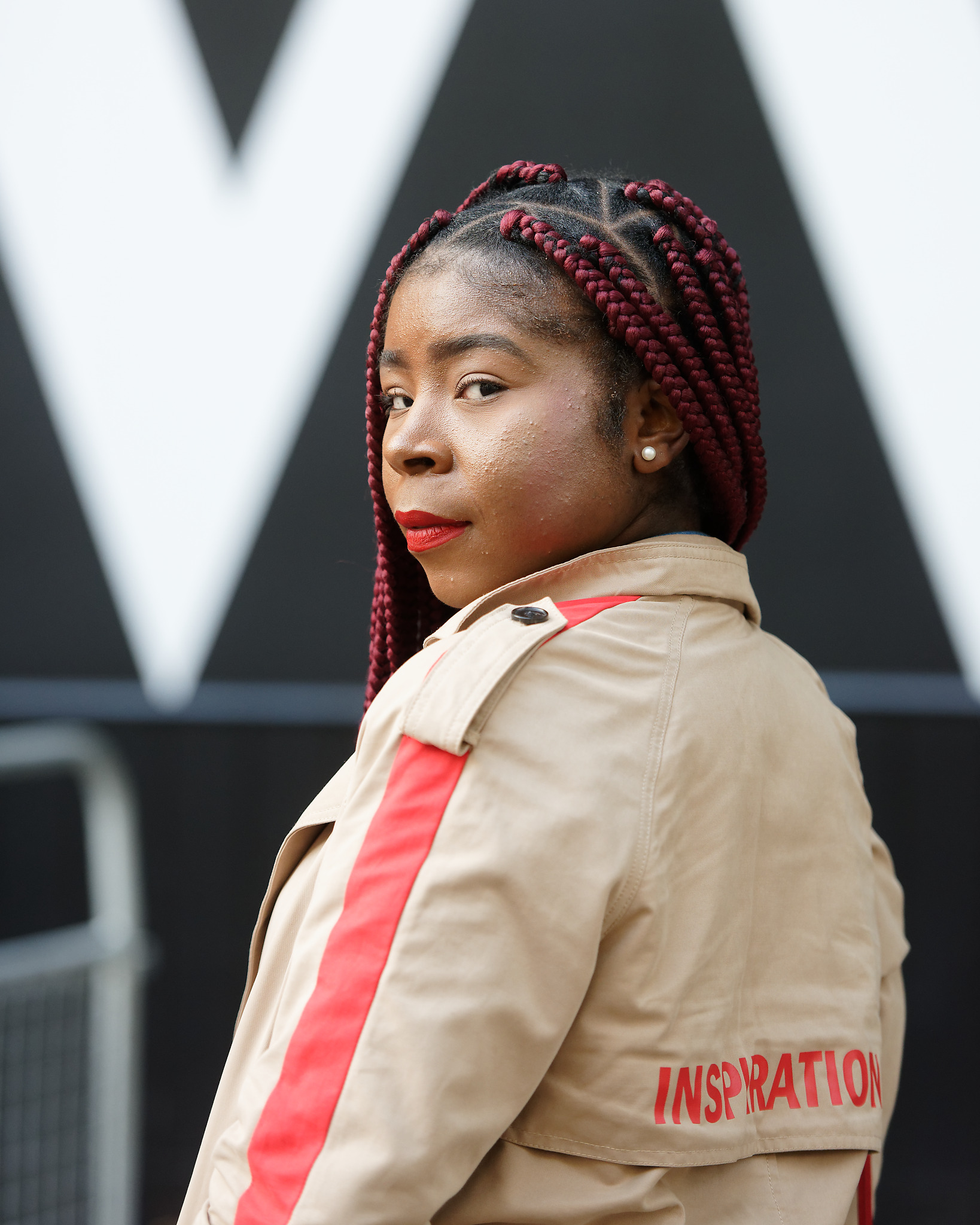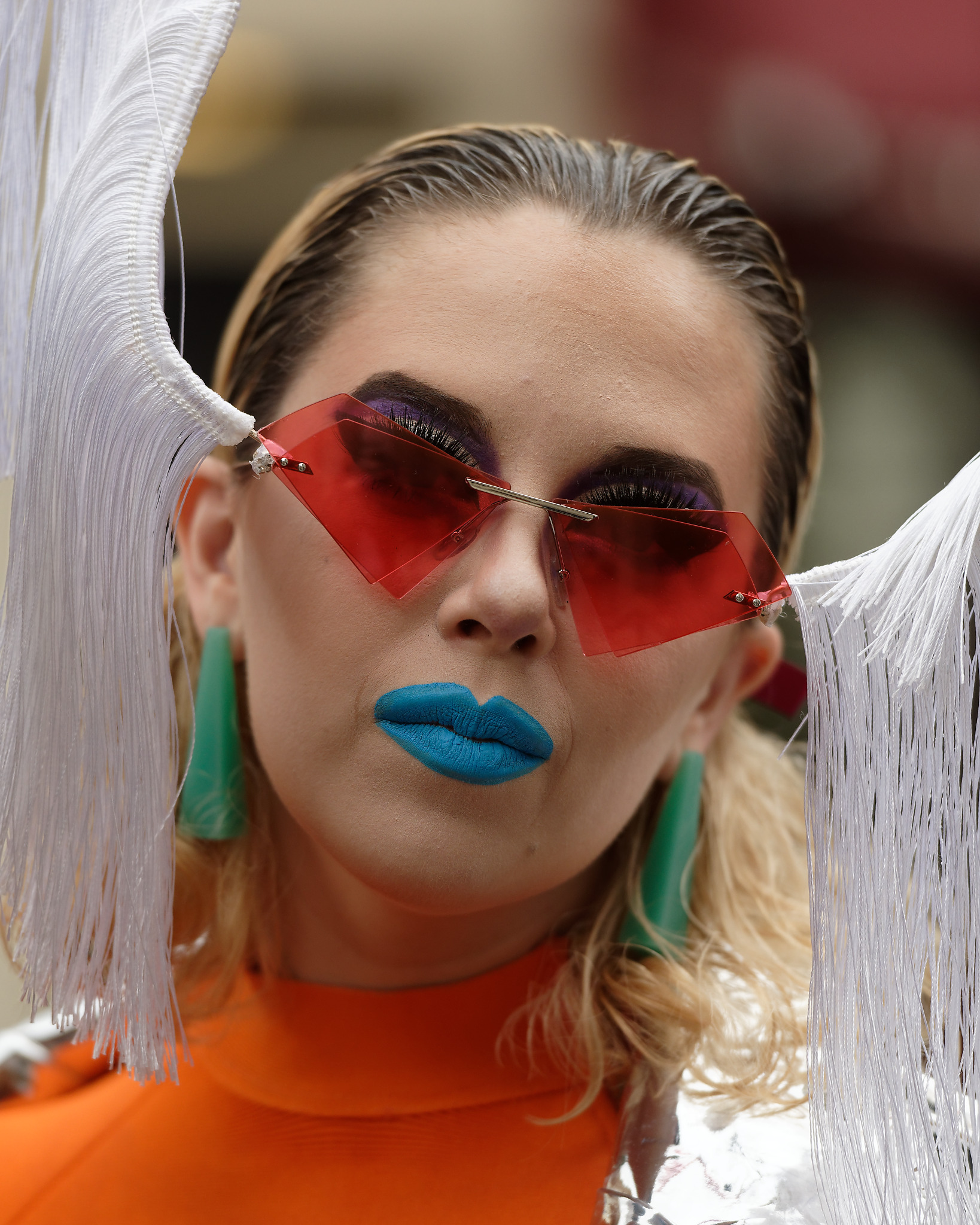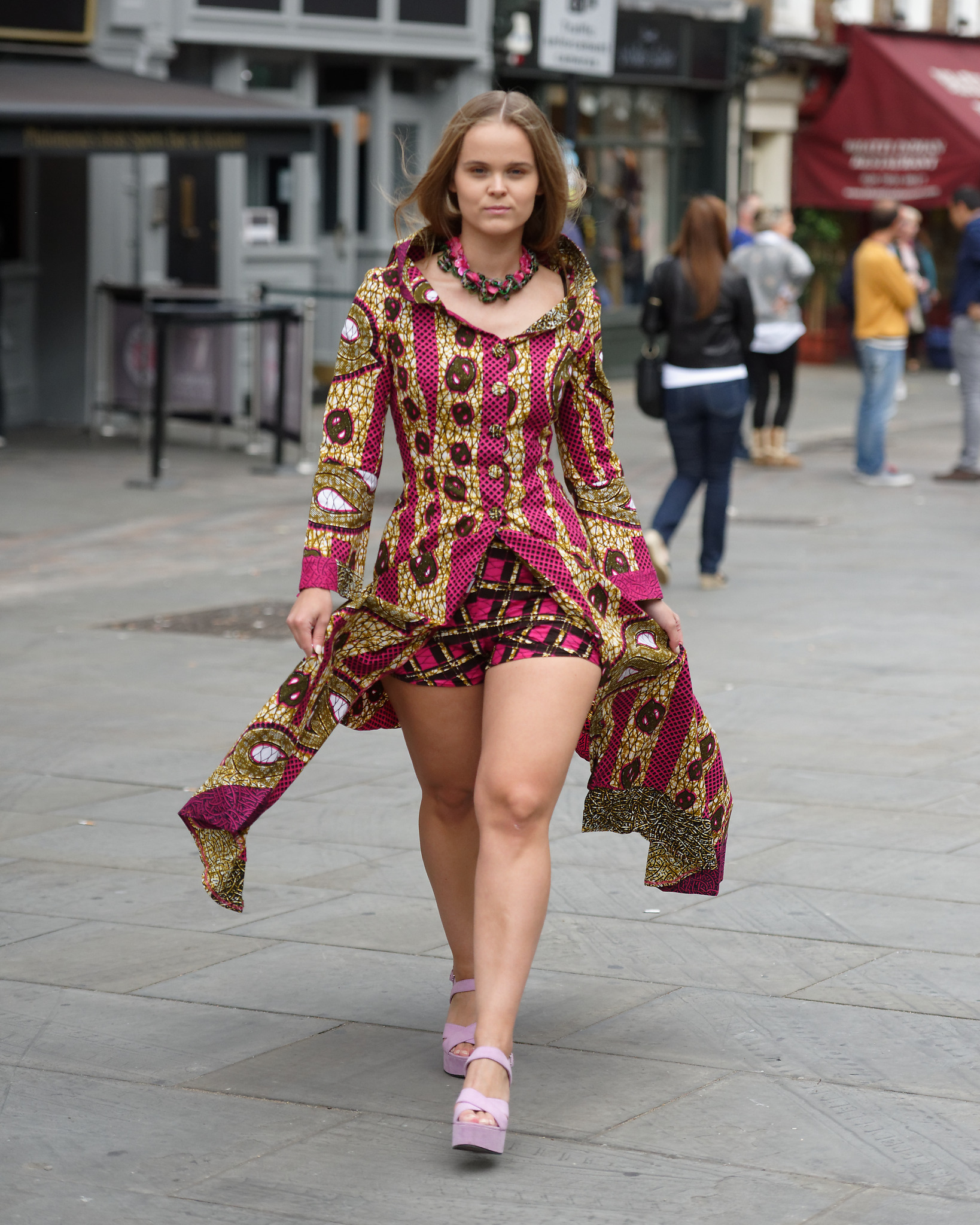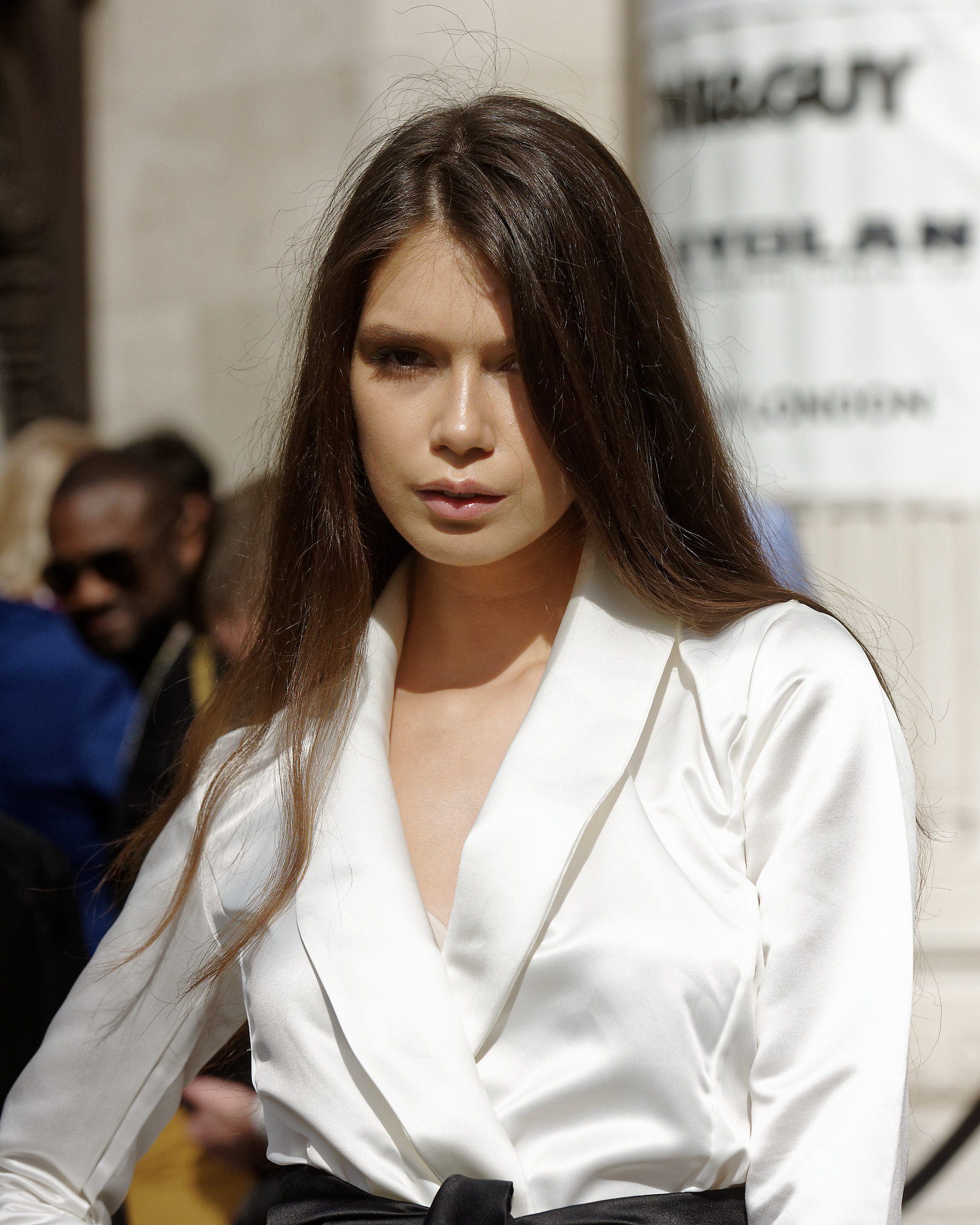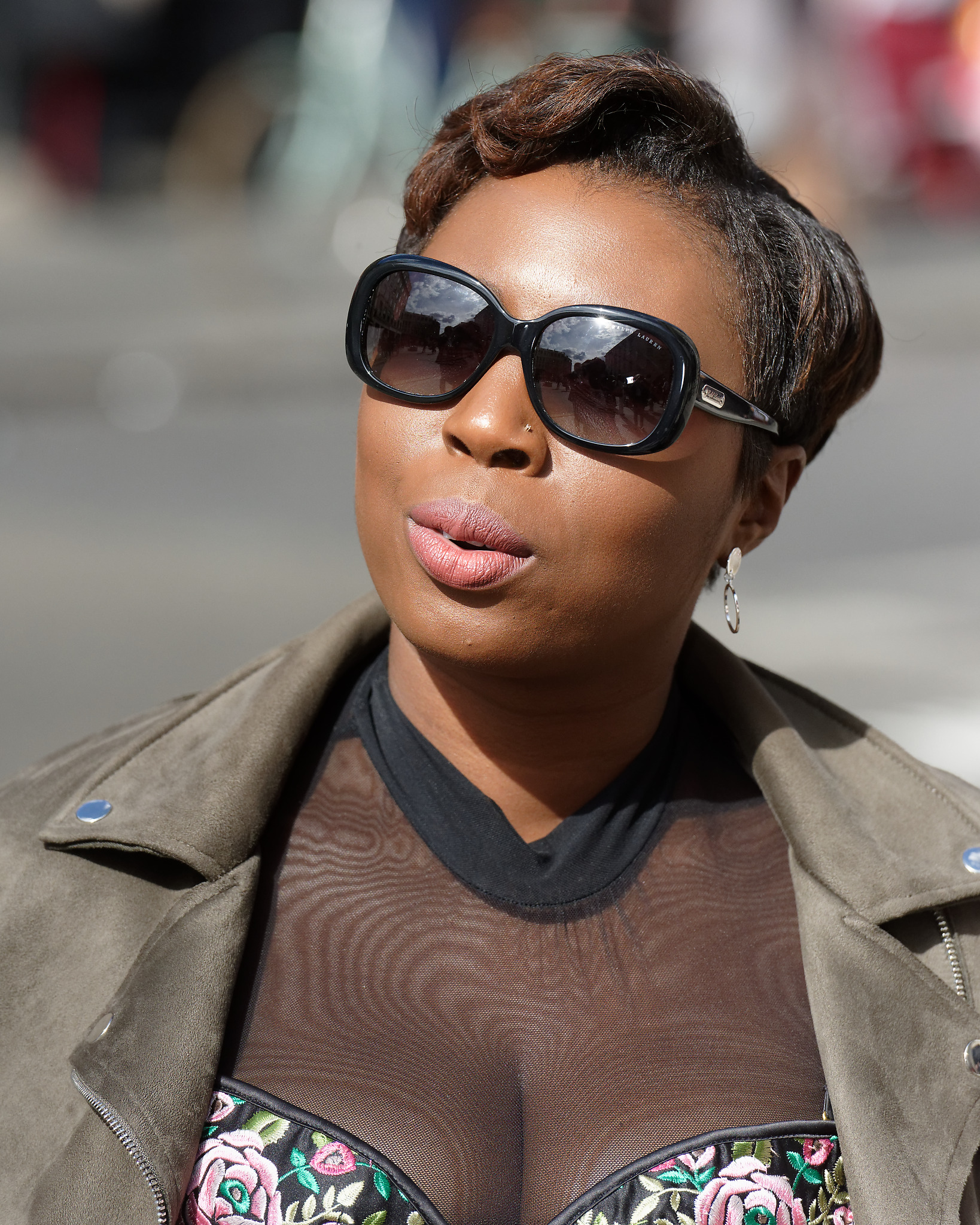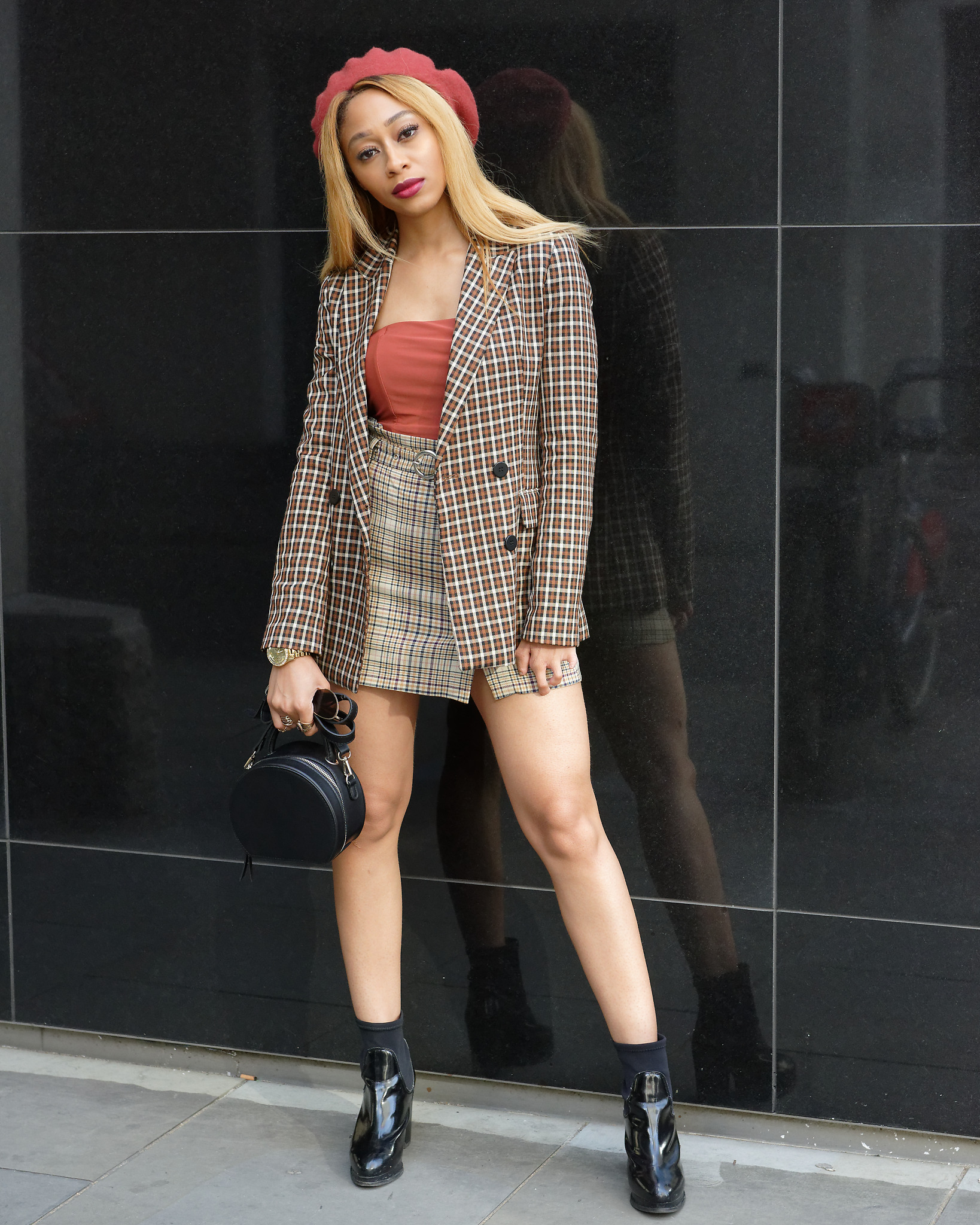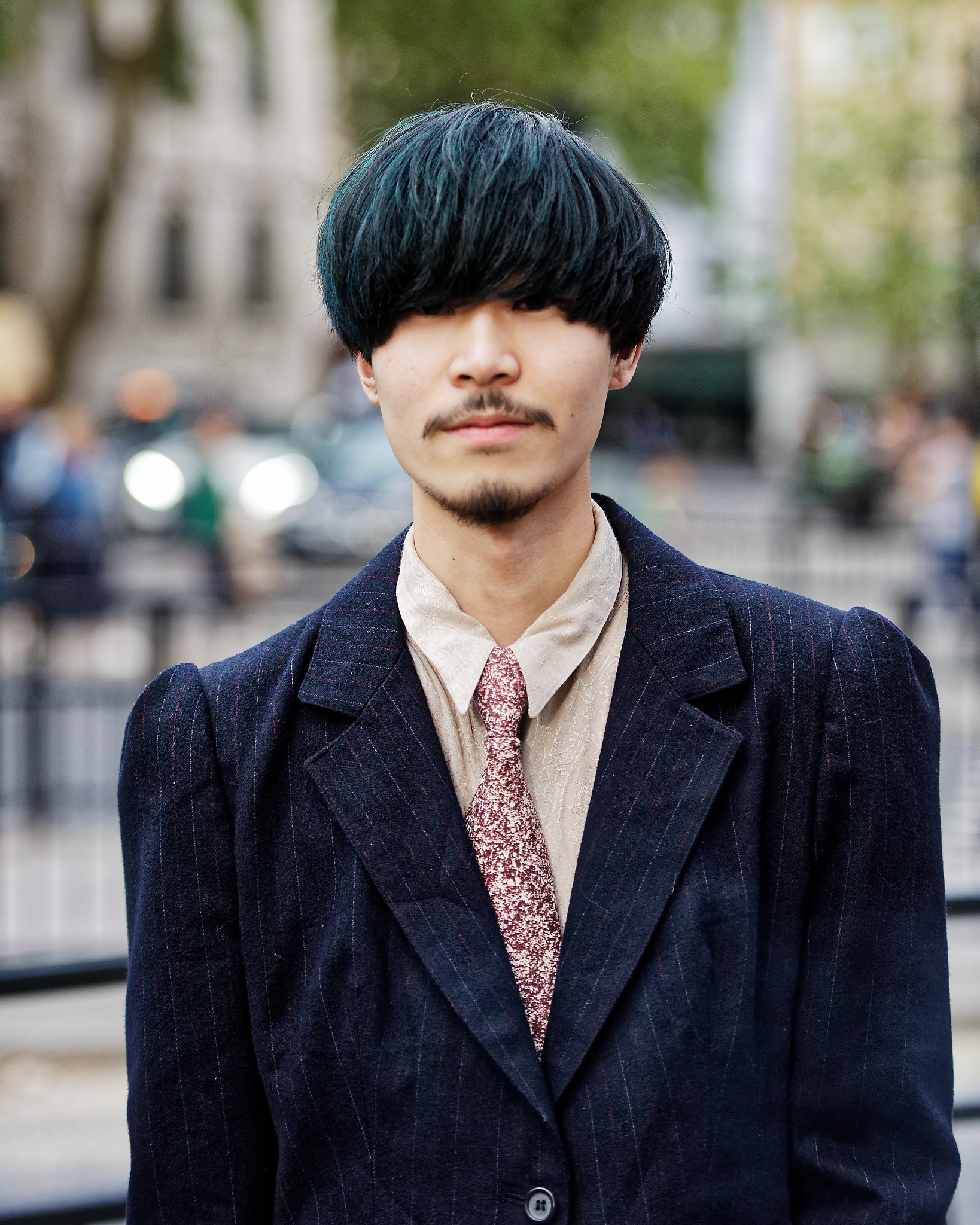The main theme of this week is writing tp my 2,500 word research proposal for submission by Monday, 15th October.
Given I was only the second person in my cohort to have my 1 to 1 with my course tutor I really should have advanced this already, but I never seem to find it so easy to do until the deadline is looming. It’s a motivational trait that has been with me since school.
One of my first completed activities supporting the proposal was mapping out my timescale as follows:
Timeline
Oct 16th-Nov 7th – Film & Digital experimentation, decide/secure exhib. space.
Nov 9-11th - Paris Face to Face
Nov 12th-Jan 29th Follow-up development.
Nov 25th & Dec 2nd - PhotoFusion darkroom workshops
Jan (or Feb) – Present portfolio at a Photographer Gallery’s ‘Folio Friday’ workshop
Jan 30th – Key 1 to 1 discussion with Tutor to decide final approach
(BACK-UP DECISION MILESTONE; Stay with project?)
Feb – Final shoots and portfolio preparation and initial publicity feeds.
March 4-10th – Falmouth Face/face portfolio review
and developing/scanning/enlargement work
March 11-31st – Last-minute shooting/edit
and finalisation of plans, printing, publicity etc.
April 1st - Exhibition set-up (Sunday)
April 3-7th - Exhibition + Launch (Wed-Sun)
April 7th - Exhibition take-down
April 8t – 2nd May – Follow-up activities and general write-up completion
April 14th- 28th – Easter break (Limits any opportunity for final feedback?)
May 3rd, 2019 – Assignment Deadline
I was in truth a little surprised to recognize just how tight the schedule becomes once the next academic period kicks off in late January next year. So whilst in some ways I seem to a have plenty of time at present to try different approaches and experiment. I feel I need to have to aim to have a suitable portfolio for assessment by early January latest. At the same time the project that is not described above, my Croydon Shopkeepers work, needs to be reasonably progressed within the same period. Just in case it is needed as a back-up at the milestone decision point. That is my scheduled 30th January 1 to 1 30 minute meeting with my Tutor.
This may of course change.There is the old adage that ‘no plan survives first contact with the enemy’, attributed to the Prussian Field Marshall Helmuth von Mokte the Elder and paraphrased in this form by my old favourite war historian, Correlli Barnett.
However, the design of this FMP stage is that I have to document the results of the public exposure of my work by the 3rd May. This means the exhibition, and any other publicity, needs to be in hand well before this date.
So best to be busy.
_______________
The week began with my participation in the monthly meeting of a group of Photofusion members, where no more than four or five present ongoing work for discussion and feedback. Organised by Kim Shaw and supported, at least critique-wise, by Anthony Luvera, Principal Lecturer and Course Director of MA Photography and Collaboration at Coventry University. I understand Anthony was part of the team that validated my own Flexible MA course.
Foolishly I volunteered to be scribe for most of the meeting, the note to be given to the relevant speaker, so this write-up may appear a little excessive. The presenters full names I will leave out as it is a very informal event with about thirty participants and the material shown was generally at quite an early stage.
The first presentation was almost too early for comment. A selection of images from travel that whilst some had quite a timeless quality, others were far too close to the standard tourist/holidaymaker snapshot to be easily commented on.
The second was much more advanced. Presented by a gentleman who’s ‘day-job' is has a fashion photographer he presented a number of outstanding large black and white prints of the nude torsos of a number of older woman, who apparently model regularly for life-class portraiture. In all cases the head or face was not shown. Tim’s project is to create a larger body of work that could lead to an eventual book publication.
